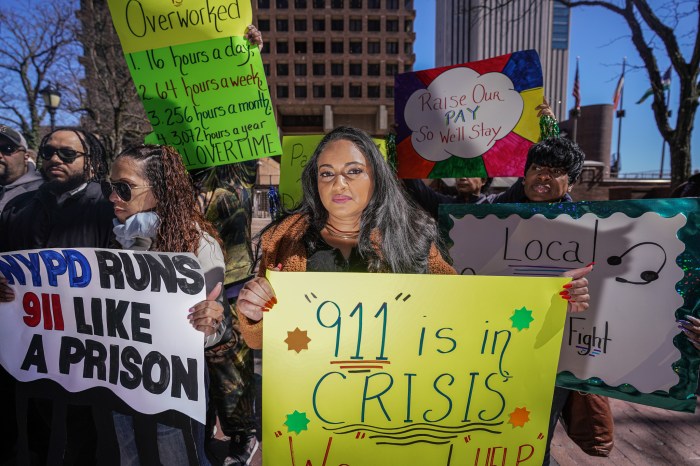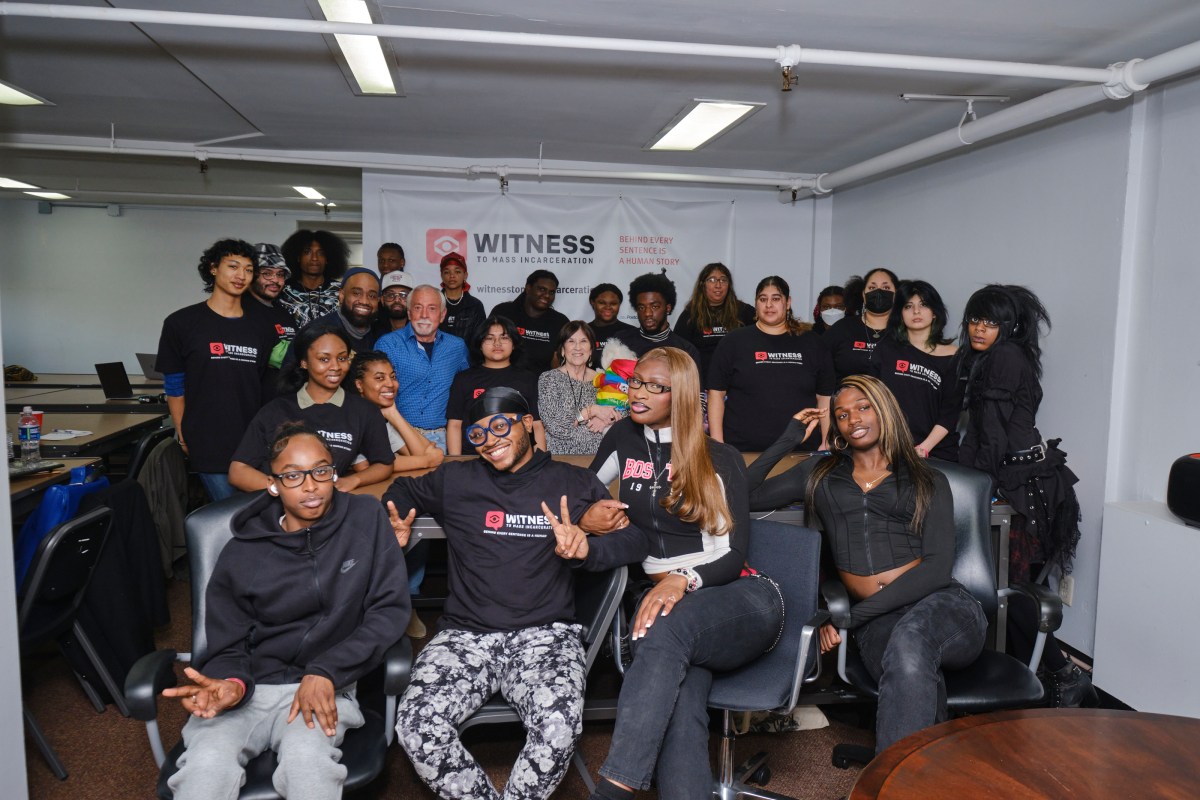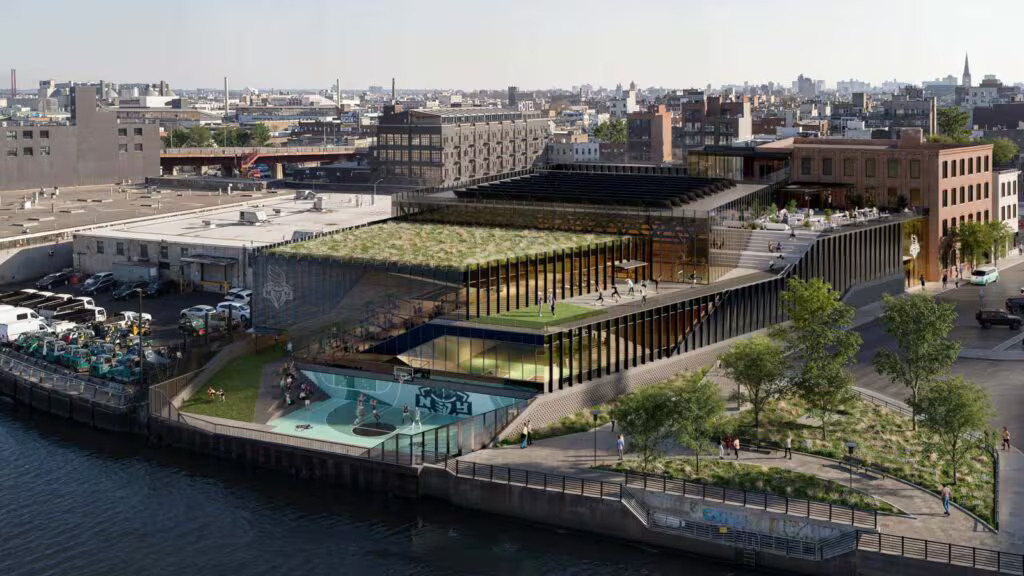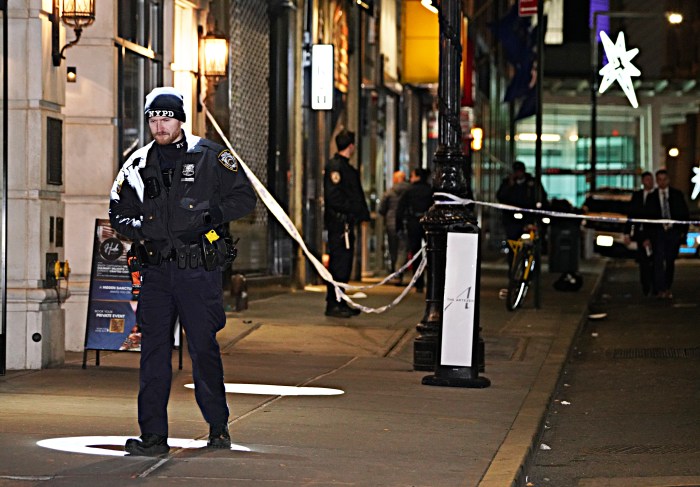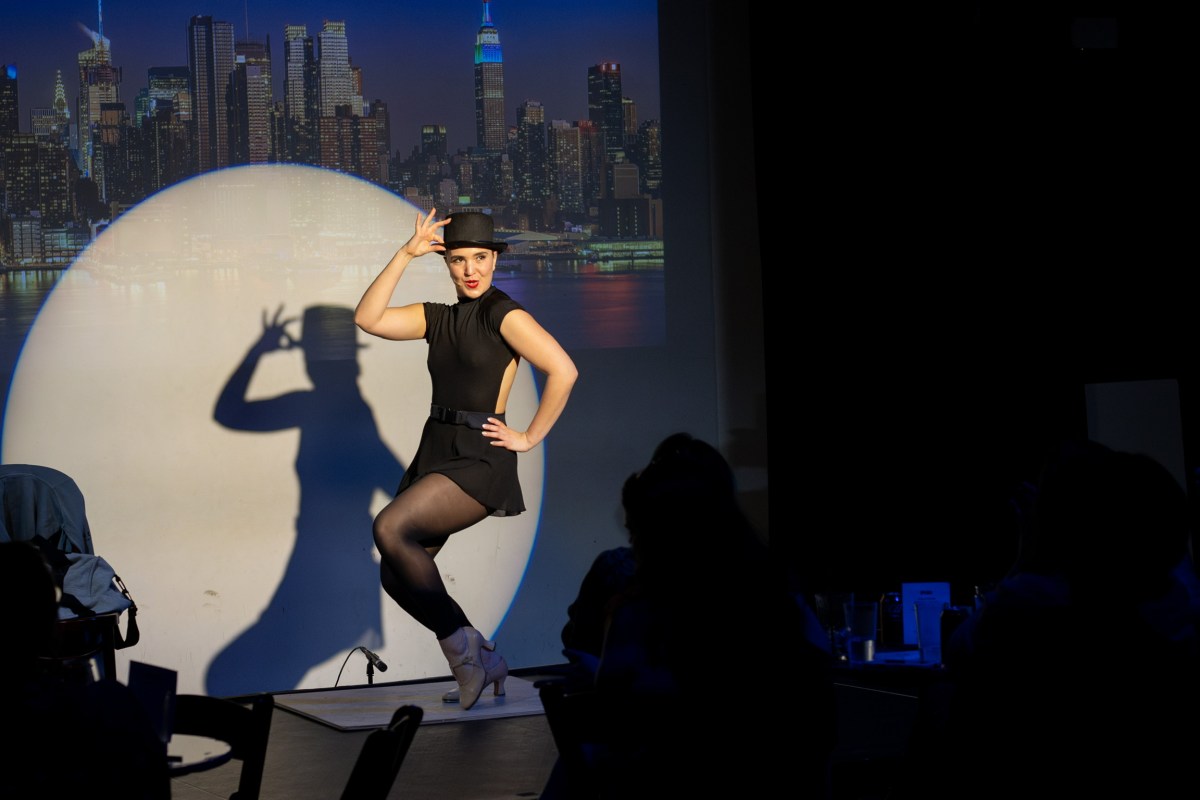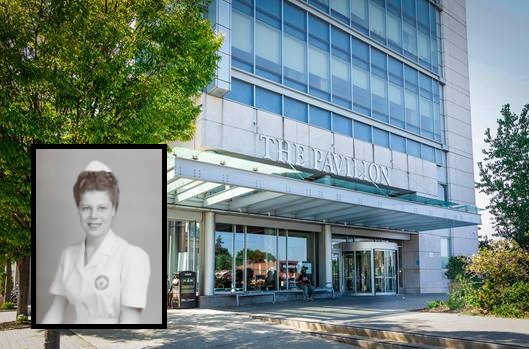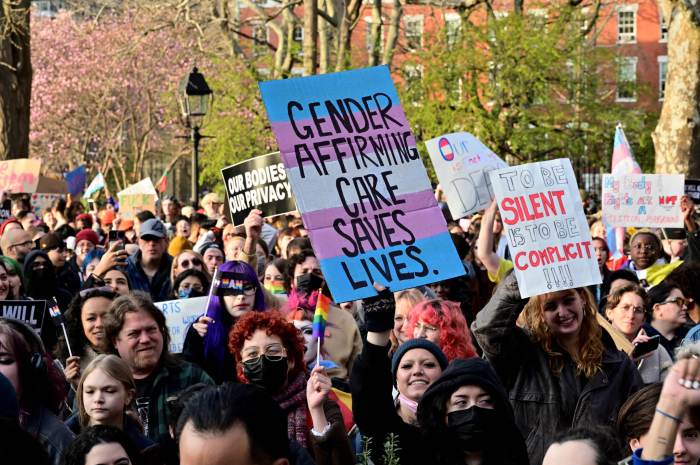
A 48-year-old man with a cigar in his mouth and fake dollar bills taped to his underwear roller-skated his way around a colorful “We Resist” flag, held by protesters loudly proclaiming their queerness and welcoming immigrants to America.
And so progressed the resistance down Seventh Avenue in Manhattan.
“Consumerism is not liberation,” Phebeus Thorton said, holding a “Pride for sale” sign while taking a break from skating. Behind him, thousands of protesters marched, waving rainbow flags and rallying the crowd with politically charged chants.
Thorton was rolling with the Resistance Contingent, a collective of more than 30 advocacy groups created by the Reclaim Pride Coalition to give a unified voice against Trump administration policies as well as to underscore what members see as an increasing commercialization of the march. Premiering at last year’s parade, the group returned to protest current immigration and ICE detainment tactics, a lack of affordable health care for low-income New Yorkers, and restrictions set on entry into the march by organizations Heritage of Pride.

“We believe that protest groups and activist groups fighting for social and economic issues embody the spirit of what the Pride March stands for,” Natalie James, an organizer with the Democratic Socialists of America, said. “Instead of being a symbol of activism, this event is more geared toward being a platform for corporate profits.”
James, also a member of the Reclaim Pride Coalition, denounced restrictions set by HOP on those wishing to participate in the parade. With the presence of barricades along the parade route, a wristband requirement for entry and a limit of 200 people per contingent, Pride is more inaccessible than ever, she said.
“Imagine if you were closeted and you saw the march go by, you had the ability to get off the sidewalk and join in,” James said. “There was a saying, ‘off the sidewalks, into the streets,’ which doesn’t exist anymore.”
While the critique of parade organizers was an addition to issues the contingent protested in 2017, familiar signs of resistance such as “abolish ICE” and “Trump/Pence regime must go” abounded.
Gays Against Guns was led by 104 silent protesters — symbolizing the daily average of people who die from guns, according to organizer Cherie Ackerman — clad in white clothing and holding pictures of victims of gun violence. AIDS Coalition to Unleash Power, or ACT UP, led a group of HIV/AIDS advocates in their fight to reduce stigmas and make HIV prevention pill PrEP more accessible and affordable.
Also marching with social and political justice moving them forward: Housing Works, to end the war on drugs; various churches, for a more inclusive society; The Nature Conservancy, for the environment; Physicians for the National Health program, in support for a comprehensive health care system. Throughout, one refrain was heard again and again: The Resistance Contingent reminded onlookers that Pride is and has always been about pushing back against oppression.
Activist group Voices 4 carried coffins, Adam Eli said, to symbolize those members of the LGBTQ community killed by hate crimes.
“We believe that Pride is forever political and, as long as queer people are being murdered, Pride cannot just be a celebration. It has to be a resistance,” Eli said.



